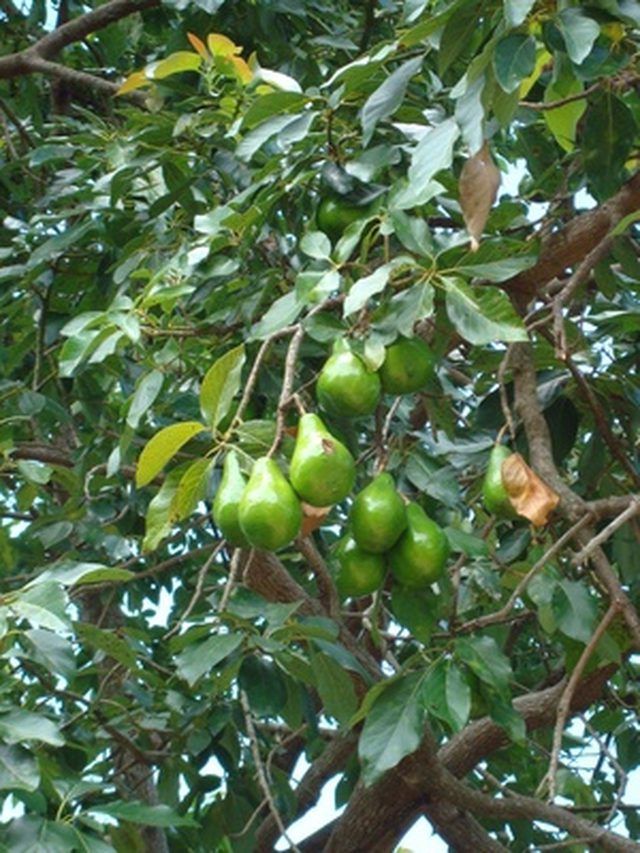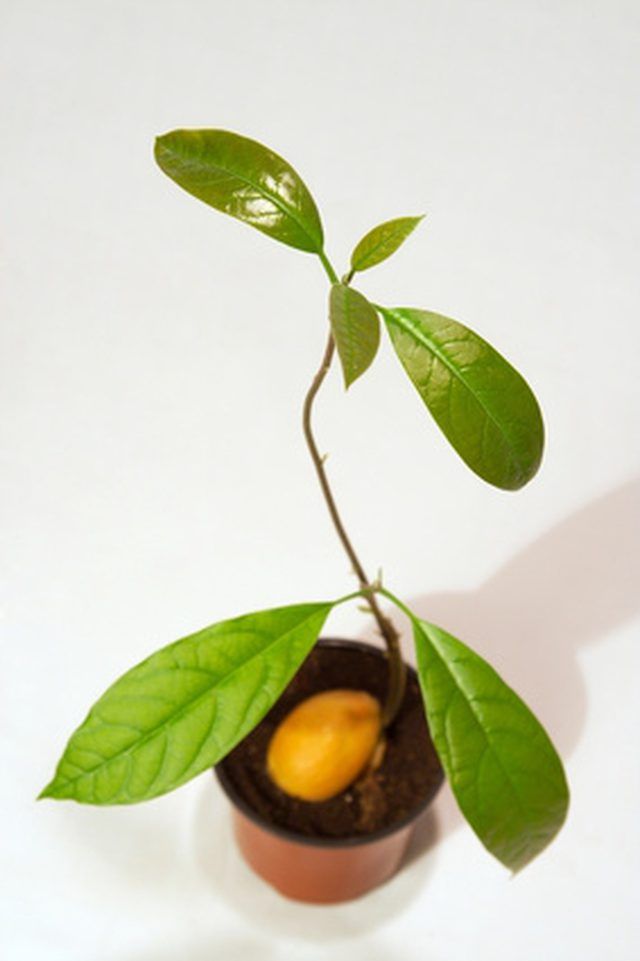Bulbs
Flower Basics
Flower Beds & Specialty Gardens
Flower Garden
Garden Furniture
Garden Gnomes
Garden Seeds
Garden Sheds
Garden Statues
Garden Tools & Supplies
Gardening Basics
Green & Organic
Groundcovers & Vines
Growing Annuals
Growing Basil
Growing Beans
Growing Berries
Growing Blueberries
Growing Cactus
Growing Corn
Growing Cotton
Growing Edibles
Growing Flowers
Growing Garlic
Growing Grapes
Growing Grass
Growing Herbs
Growing Jasmine
Growing Mint
Growing Mushrooms
Orchids
Growing Peanuts
Growing Perennials
Growing Plants
Growing Rosemary
Growing Roses
Growing Strawberries
Growing Sunflowers
Growing Thyme
Growing Tomatoes
Growing Tulips
Growing Vegetables
Herb Basics
Herb Garden
Indoor Growing
Landscaping Basics
Landscaping Patios
Landscaping Plants
Landscaping Shrubs
Landscaping Trees
Landscaping Walks & Pathways
Lawn Basics
Lawn Maintenance
Lawn Mowers
Lawn Ornaments
Lawn Planting
Lawn Tools
Outdoor Growing
Overall Landscape Planning
Pests, Weeds & Problems
Plant Basics
Rock Garden
Rose Garden
Shrubs
Soil
Specialty Gardens
Trees
Vegetable Garden
Yard Maintenance
Facts on Avocado Tree Roots
Facts on Avocado Tree Roots. Avocado trees produce a shallow, aggressive root system, making them susceptible to rot and infection from flooding and damage from surface activities. While many children have stuck toothpicks into avocado pits and set them in a jar of water to watch the roots emerge and grow, most commercial and landscape avocado...

Avocado trees produce a shallow, aggressive root system, making them susceptible to rot and infection from flooding and damage from surface activities. While many children have stuck toothpicks into avocado pits and set them in a jar of water to watch the roots emerge and grow, most commercial and landscape avocado trees are grown from grafts onto rootstock, not from seed.
Fundamentals
Avocado trees produce the rich green fruit prevalent in Mexican cooking and prized for its oils. Native to warm, arid areas of North and South America, hardy varieties now grow in subtropical areas including California, Hawaii, Florida, the West Indies and the Mediterranean area, according to the California Rare Fruit Growers website. Dwarf varieties have been developed for container gardening.
Root Growth
Most of the avocado tree's feeder roots grow in the top 6 inches of soil, according to the University of California Agriculture and Natural Resources website. The roots grow outward from the tree trunk in all directions.
They prefer loose, well-draining soil and can tolerate acid or alkaline conditions, according to the California Rare Fruit Growers website. Avocado tree's highly competitive root system chokes out nearby plants that vie for water, air and nutrients. The strong, aggressive roots can buckle and break pavement as they grow.
The far-reaching dominant root system means avocado trees should be planted at least 30 feet away from buildings and other trees in landscape environments, according to the University of Florida extension service website.
Considerations
The shallow nature of the root system makes the avocado tree susceptible to damage from flooding. If the roots stay wet, nutrients are lost and growth stunted. In prolonged flooding or saturated soil, the tree dies. Constantly wet soil also can lead to a root infection known as Phytophthora fungi, which reduces growth and fruit production, according to the University of Hawaii extension service website.
Propagation
Commercial avocado trees start by grafting buds of mature trees onto seedlings or rootstock, according to the University of Hawaii extension service website. Fruit quality and yield vary widely among trees grown from seed and are more consistent from grafted trees.

Tree Growth
Avocado trees produce fruit most abundantly when grown in full sun. They should be watered only during prolonged dry periods.
Trees grown from seed normally produce fruit five to eight years after planting, while grafted trees start bearing fruit in three to five years, according to the University of Hawaii extension service website.
Care
Avocado tree seedlings or grafted trees from nurseries should be planted in a hole that is slightly wider than the root ball and covered with loose, loamy soil, according to the University of California Agriculture and Natural Resources website. Because the root system is sensitive to bumping, breaking and damage, the root ball should be slowly lowered into the hole without disturbing the roots.
Mulch mixed into the soil will promote drainage and aeration, but the mulch should be kept at least 6 inches away from the trunk.